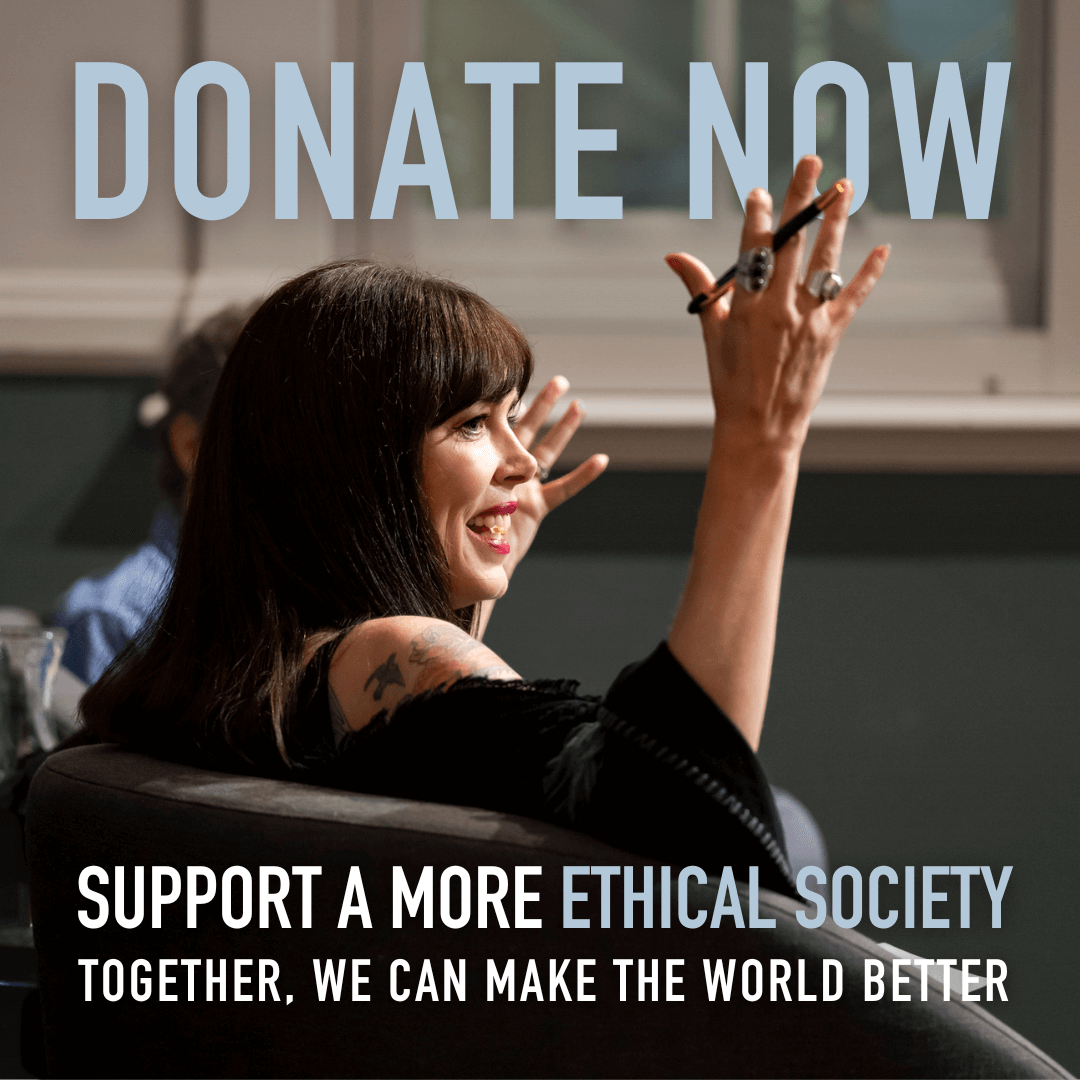
From NEG to Finkel and the Paris Accord – what’s what in the energy debate
Opinion + AnalysisClimate + EnvironmentRelationshipsScience + Technology
BY The Ethics Centre 20 AUG 2018
We’ve got NEGs, NEMs, and Finkels a-plenty. Here is a cheat sheet for this whole energy debate that’s speeding along like a coal train and undermining Prime Minister Malcolm Turnbull’s authority. Let’s take it from the start…
UN Framework Convention on Climate Change – 1992
This Convention marked the first time combating climate change was seen as an international priority. It had near-universal membership, with countries including Australia all committed to curbing greenhouse gas emissions. The Kyoto Protocol was its operative arm (more on this below).
The Kyoto Protocol – December 1997
The Kyoto Protocol is an internationally binding agreement that sets emission reduction targets. It gets its name from the Japanese city it was ratified in and is linked to the aforementioned UN Framework Convention on Climate Change. The Protocol’s stance is that developed nations should shoulder the burden of reducing emissions because they have been creating the bulk of them for over 150 years of industrial activity. The US refused to sign the Protocol because the two largest CO2 emitters, China and India, were exempt for their “developing” status. When Canada withdrew in 2011, saving the country $14 billion in penalties, it became clear the Kyoto Protocol needed some rethinking.
Australia’s National Electricity Market (NEM) – 1998
Forget the fancy name. This is the grid. And Australia’s National Electricity Market is one of the world’s longest power grids. It connects suppliers and consumers down the entire east and south east coasts of the continent. It spans across six states and territories and hops over the Bass Strait connecting Tasmania. Western Australia and the Northern Territory aren’t connected to the NEM because of distance.
 Source: Australian Energy Market Operator
Source: Australian Energy Market Operator
The NEM is made up of more than 300 organisations, including businesses and state government departments, that work to generate, transport and deliver electricity to Australian users. This is no mean feat. Before reliable batteries hit the market, which are still not widely rolled out, electricity has been difficult to store. We’ve needed to continuously generate it to meet our 24/7 demands. The NEM, formally established under the Keating Labor government, is an always operating complex grid.
The Paris Agreement aka the Paris Accord – November 2016
The Paris Agreement attempted to address the oversight of the Kyoto Protocol (that the largest emitters like China and India were exempt) with two fundamental differences – each country sets its own limits and developing countries be supported. The overarching aim of this agreement is to keep global temperatures “well below” an increase of two degrees and attempt to achieve a limit of one and a half degrees above pre-industrial levels (accounting for global population growth which drives demand for energy). Except Australia isn’t tracking well. We’ve already gone past the halfway mark and there’s more than a decade before the 2030 deadline. When US President Donald Trump denounced the Paris Agreement last year, there was concern this would influence other countries to pull out – including Australia. Former Prime Minister Tony Abbott suggested we signed up following the US’s lead. But Foreign Minister Julie Bishop rebutted this when she said: “When we signed up to the Paris Agreement it was in the full knowledge it would be an agreement Australia would be held to account for and it wasn’t an aspiration, it was a commitment … Australia plays by the rules — if we sign an agreement, we stick to the agreement.”
The Finkel Review – June 2017
Following the South Australian blackout of 2017 and rapidly increasing electricity costs, people began asking if our country’s entire energy system needs an overhaul. How do we get reliable, cheap energy to a growing population and reduce emissions? Dr Alan Finkel, Australia’s chief scientist, was commissioned by the federal government to review our energy market’s sustainability, environmental impact, and affordability. Here’s what the Review found:
Sustainability:
- A transition to low emission energy needs to be supported by a system-wide grid across the nation.
- Regular regional assessments will provide bespoke approaches to delivering energy to communities that have different needs to cities.
- Energy companies that want to close their power plants should give three years’ notice so other energy options can be built to service consumers.
Affordability:
- A new Energy Security Board (ESB) would deliver the Review’s recommendations, overseeing the monopolised energy market.
Environmental impact:
- Currently, our electricity is mostly generated by fossil fuels (87 percent), producing 35 percent of our total greenhouse gases.
- We’re can’t transition to renewables without a plan.
- A Clean Energy Target (CET), would force electricity companies to provide a set amount of power from “low emissions” generators, like wind and solar. This set amount would be determined by the government.
-
- The government rejected the CET on the basis that it would not do enough to reduce energy prices. This was one out of 50 recommendations posed in the Finkel Review.
ACCC Report – July 2018
The Australian Competition & Consumer Commission’s Retail Electricity Pricing Inquiry Report drove home the prices consumers and businesses were paying for electricity were unreasonably high. The market was too concentrated, its charges too confusing, and bad policy decisions by government have been adding significant costs to our electricity bills. The ACCC has backed the National Energy Guarantee, saying it should drive down prices but needs safeguards to ensure large incumbents do not gain more market control.
National Energy Guarantee (NEG)– present 20 August 2018
The NEG was the Turnbull government’s effort to make a national energy policy to deliver reliable, affordable energy and transition from fossil fuels to renewables. It aimed to ‘guarantee’ two obligations from energy retailers:
- To provide sufficient quantities of reliable energy to the market (so no more black outs).
- To meet the emissions reduction targets set by the Paris Agreement (so less coal powered electricity).
It was meant to lower energy prices and increase investment in clean energy generation, including wind, solar, batteries, and other renewables. The NEG is a big deal, not least because it has been threatening Malcolm Turnbull’s Prime Ministership. It is the latest in a long line of energy almost-policies. It attempted to do what the carbon tax, emissions intensity scheme, and clean energy target haven’t – integrate climate change targets, reduce energy prices, and improve energy reliability into a single policy with bipartisan support. Ambitious. And it seems to have been ditched by Turnbull because he has been pressured by his own party. Supporters of the NEG feel it is an overdue radical change to address the pressing issues of rising energy bills, unreliable power, and climate change. But its detractors on the left say the NEG is not ambitious enough, and on the right too cavalier because the complexity of the National Energy Market cannot be swiftly replaced.
Ethics in your inbox.
Get the latest inspiration, intelligence, events & more.
By signing up you agree to our privacy policy
You might be interested in…
Reports
Science + Technology
Ethical by Design: Principles for Good Technology
Opinion + Analysis
Relationships, Society + Culture
But how do you know? Hijack and the ethics of risk
Explainer
Relationships
Ethics explainer: The principle of charity
Opinion + Analysis
Health + Wellbeing, Relationships




